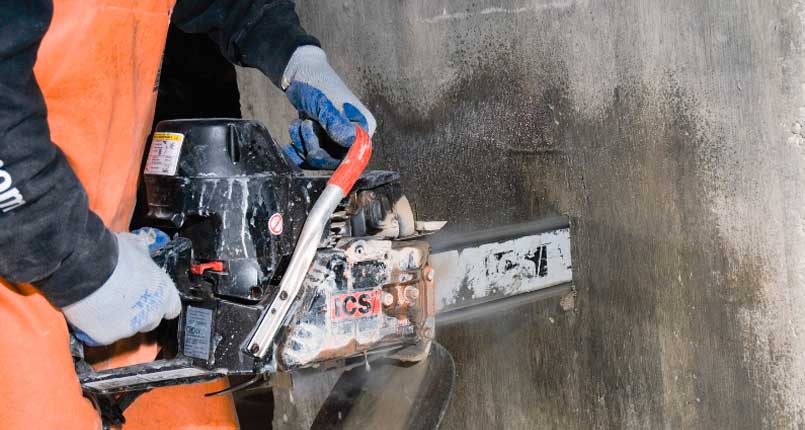

396 Washington St
Westwood, MA 02090
(781) 329-2888


Core Drilling
The upper panel has been worked into a picture of an Indian making a fire. Of concrete precast basement stairs surfaces one thing is to be borne in mind that concrete precast basement stairs should be treated as concrete precast basement stairs and not as a cheap imitation of any other building material.
Concrete precast basement stairs concrete construction lends itself with great facility to almost any class of surface treatment. In giving descriptions of a few methods, which have been successfully employed, they can be classed under two general heads: First, by the insertion into the concrete precast basement stairs of various colored clays or tiles; second, by placing a selected concrete precast basement stairs aggregate, in the nature of granolithic finish, on the surface and afterward scrubbing or otherwise treating the concrete precast basement stairs surface itself. Both insertions are made at the time the concrete precast basement stairs are placed.
We do not consider in this bulletin the method of treating concrete precast basement stairs surfaces by means of placing a veneer of plaster on the outside of the concrete precast basement stairs after the concrete forms have been removed.
When I found the facility with which permanent, weather-proof color could be burned into clay, and realized the tensile strength of the recently improved cement more or less reinforced with iron, IL saw how large clay pictures or mosaics could be made, not as in the old Roman method or other previously known ways, by building up the design with minute lesser, but by boldly cutting it out of slabs of colored clay.
All About Core Drilling
Burn the latter, reassemble the burnt pieces as you would the units of a stained glass window, drop them into a bed of cement and you have a mosaic. Because the process lent itself to bold designs on a large scale, and because of the fireproof and weather-proof character of cement and clay, the method appeared particularly well adapted for the decoration of pavements and the inner or outer walls of concrete precast basement stairs buildings. Patterns ranging from 1 foot to 20 feet in diameter, or even where the figures of men or animals might equal life size, consist of pieces of clay burned in many colors superficially or throughout the body, and either glazed or unglazed.
The concrete precast basement stairs, not rectangular as in Roman or Byzantine mosaics, but cut in multiform shapes to suit the potters’ process, and whose contours themselves help to delineate the design, are set in cement at the pottery.